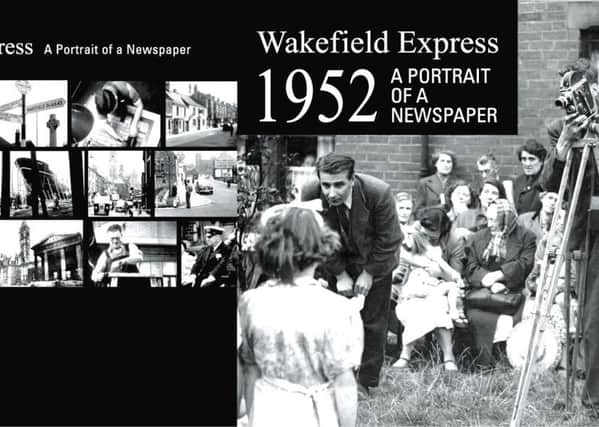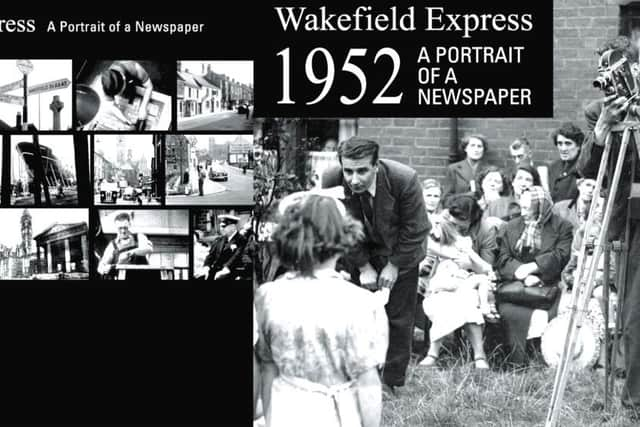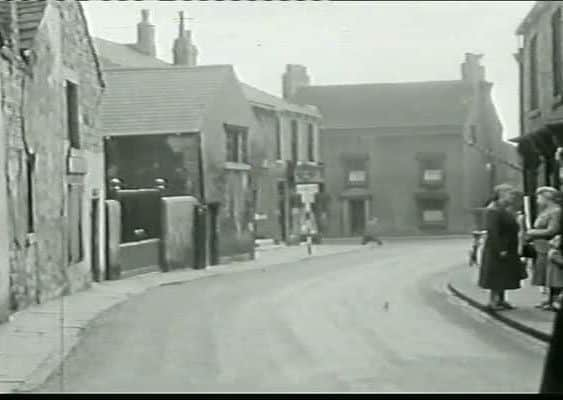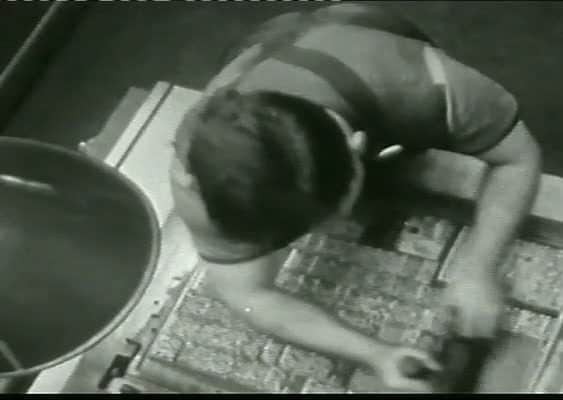How the paper was made in 1952


The curious story, which was news to this seasoned hack, unfolded upon viewing a 1952 documentary about the Wakefield Express, which is available to view on our website for the first time from today.
Apparently, Pageant boss Norman Fox, who also drove buses and bred budgies, was responsible for bringing the Italian dictator’s famous steed to the Horbury showcase in 1948.
Advertisement
Hide AdAdvertisement
Hide AdThis is just one, of many, memorable moments in Lindsay Anderson’s 33-minute film: Wakefield Express 1952, A portrait of a newspaper.


It was made 11 years before he directed Richard Harris in This Sporting Life, which was also set in Wakefield.
Anderson cut his film making teeth here on four short engineering films for Richard Sutcliffe Ltd.
One can see from the opening titles of the documentary that Anderson was fascinated by the old ‘hot metal’ production methods at the paper.
Advertisement
Hide AdAdvertisement
Hide AdThe typesetting and the rolling of the presses with 90 miles of paper bookend the documentary.


In between it showed just what it took to get the paper out in 1952.
Legendary Horbury reporter Eddie Walker can be seen pounding his beat, taking notes while smoking his pipe.
Other features are The Pinder, the pen name for the Wakefield Express’s sports reporter, at a very different looking Belle Vue stadium.
Advertisement
Hide AdAdvertisement
Hide AdAnother odd sight, to modern eyes, is traffic trundling up the now pedestrianised Cathedral precinct.


This week former Express photographer Phil Sambrook watched the film in advance of its screening on our website.
The 69-year-old found the film “quite emotional” as it features his late father Bob, who was a chief engineer at Express’s old printworks.
Mr Sambrook, of Normanton, said: “Dad was a jack of all trades and a master of them all. I don’t know how it came about but dad played a role in the film as a man pretending to place a classified advert.”
Advertisement
Hide AdAdvertisement
Hide AdMr Sambrook was just six when his dad made a cameo in the film. It also features songs from his old school, Snapethorpe Secondary Modern, on the soundtrack.
He added: “It’s a fascinating film. I find it quite emotional in a way. It was the memories of my dad and the old newspaper traditions.”
See www.wakefield express.co.uk to view the film.